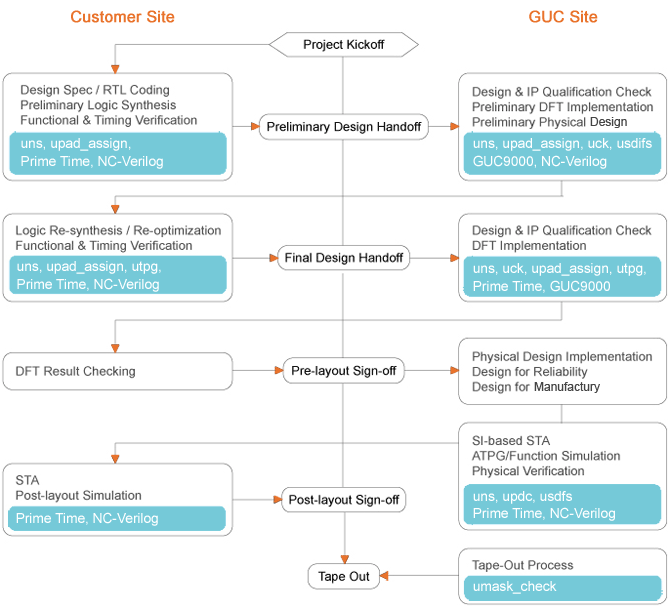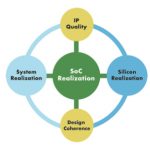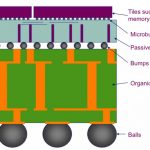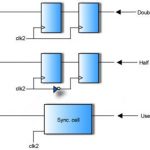During my last Taiwan trip I also spent time with Global Unichip. Clearly, in order for the semiconductor industry to thrive we must enable design starts. With the rising costs and complexity of semiconductor design and manufacturing this is a much greater challenge which is why I’m so interested in GUC, for the greater good of the… Read More
Tag: asic
Conquering the Big Data Challenges
Extrapolating the trends from last 20 years to the next ten suggests that we will be implementing a trillion transistors or more by 2020. At 20nm, with the chip sizes touching billions of transistors, the age old problem of how to implement a design in the most efficient manner remains unanswered. … Read More
Semiconductor IP Becomes A Critical Element in ASIC Design
Clearly one of the market trends proving troublesome in the traditional ASIC value chain is the lack of silicon correlated custom IP. And make no mistake, semiconductor IP is a critical decision since it drives both chip level and system level technology differentiation.
Under the traditional ASIC model, vendors had their own… Read More
Semiconductor IP Dilemma?
Just how many hands have touched your SoC design by the time it goes to manufacturing? Clearly the more hands that touch it, the more complex the design is, making it more difficult to meet your product requirements. The commercial semiconductor IP dilemma is that not only are you using the same IP as your competitors, you are exponentially… Read More
TSMC ASIC versus IBM ASIC!
Lunch with Jim Lai, President of Global Unichip(GUC), was the highlight of my week, I had a very nice crab cake salad. As you may have read, GUC announced itself as the “Flexible ASIC Leader” taking direct aim at the traditional ASIC market led by the likes of IBM, ST Micro, TI, Renesas, and Samsung. This will be like “shooting fish in… Read More
Once Upon A Time… ASIC designers developed IC for Supercomputer in the 80’s
During last week-end, I had the good surprise to meet with one of my oldest friend, Eric, who remind me the old time, when we were working together as ASIC designers for… a Supercomputer project.
In France, in a French company (Thomson CSF) active in the military segment and being able to spend which was at that time a fortune ($25M) … Read More
SOC Realization: How Chips Are Really Designed
If you just casually peruse most marketing presentations by EDA companies, you’d come to the conclusion most SoCs are designed from scratch, wrestlilng the monster to the ground with bare hands. But the reality is that most SoCs consist of perhaps 90% IP blocks (many of them memories). That still leaves the remaining 10% … Read More
Ivo Bolsens of Xilinx and Crossover Designs
I was at Mentor’s u2u (user group) meeting and one of the keynotes was by Ivo Bolsens of Xilinx. The other was by Wally Rhines and is summarized here.
Ivo started off talking analogizing SoCs as the sports-cars of the industry (fast but expensive), and FPGAs as the station wagons (not cool). In fact he even said that when Xilinx… Read More
The World’s Smallest Printed Circuit Boards: interposers
Have you ever had the experience where you look up some unusual word in the dictionary since you don’t remember seeing it before. And then, in the next few weeks you keep coming across it. Twice in the last week I have been in presentations about the economics of putting die onto silicon interposers and the possibility of a new… Read More
Clock Domain Crossing (CDC) Verification
Multiple, independent clocks are quintessential in SoCs and other complex ASICs today. In some cases, such as in large communications processors, clock domains may number in the hundreds. Clock domain crossings pose a growing challenge to chip designers, and constitute a major source of design errors–errors that can… Read More











